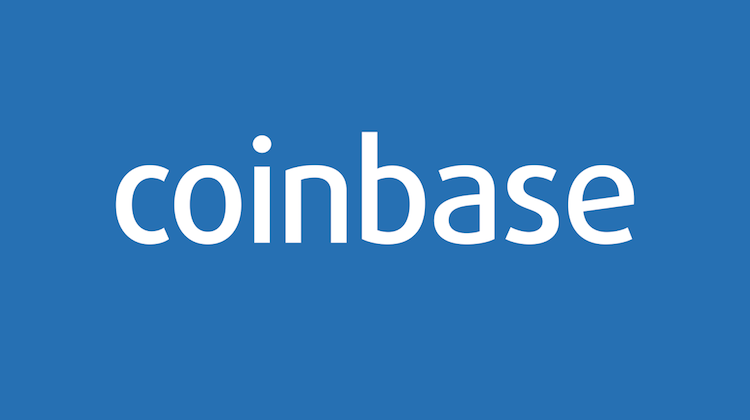Blockchain and Crypto
What Coinbase’s new Barclays relationship says about the crypto space
- Coinbase's new e-money license and Barclays Bank account is evidence of the looming convergence of crypto markets and exchanges are moving in closer with regulated financial markets
- "This is the first nod to moving towards a transition to data as an asset class and viable liquidity framework."








